What is that tiny pocket on your jeans really for? No, they aren’t for coins. They first appeared in one of Levi’s earliest designs in the 1870s and were originally intended for pocket watches. Or have you ever noticed that there are bumps on two of the keys on your keyboard? These are ‘tactile markers’ and they date back to the invention of the typewriter.
In this video, we explore inventions and design features you encounter every day without knowing.
Here are 25 ordinary items with extraordinary hidden uses.
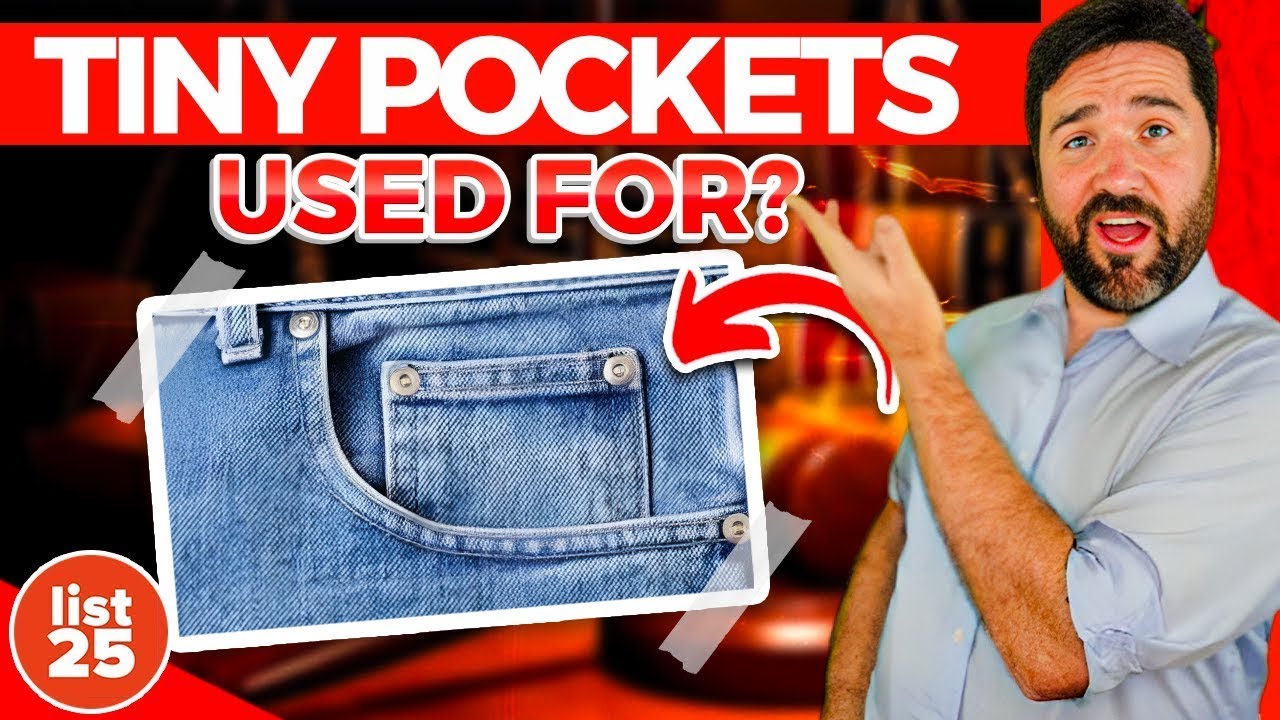
The loop on button-down shirts
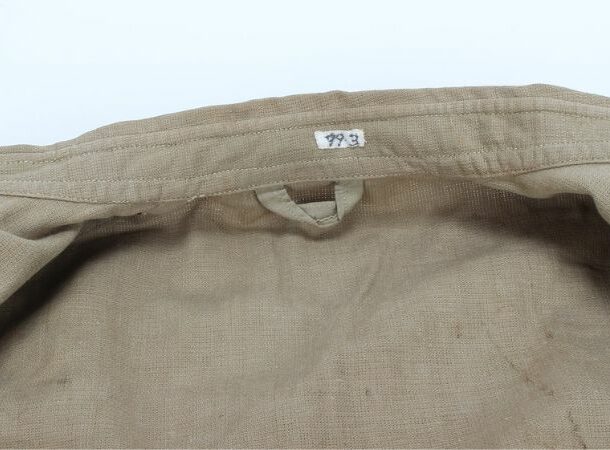
You may have noticed a small loop at the back of button-down shirts. What’s the purpose behind this? The origin goes back to a single clothing brand: Gant. Back in the 1960s, the company was designing shirts specifically for students, especially in Ivy League schools. To keep these shirts from getting wrinkled during a sports session, GANT added these ‘locker loops’ so that the shirts could be hung up in the locker rooms. Soon, the loops took on a life of their own. They became associated with the upper class, wealth, and power. Apparently, if a man was in a relationship, they were supposed to remove the loop.
The QWERTY keyboard
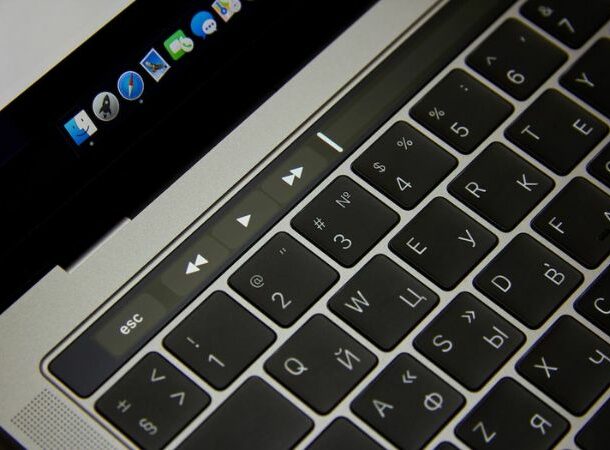
The most popular keyboard layout is QWERTY. But why isn’t it arranged in some other way, like alphabetically? For that, we have to go back over 160 years, to Milwaukee in the 1860s. An inventor named Christopher Latham Sholes was one of four people to patent the first typewriter. The first incarnation actually was in alphabetic order. However, early users of this system found that it wasn’t efficient for telegraph operators, who were typing and translating Morse code. Sholes made a deal with the arms manufacturer Remington to produce the first QWERTY system in 1878. It has been consistently challenged over the years, in 1930 from the Dvorak system and more recently from the KALQ system. So far though, none of them have caught on.
Little slot on measuring tapes
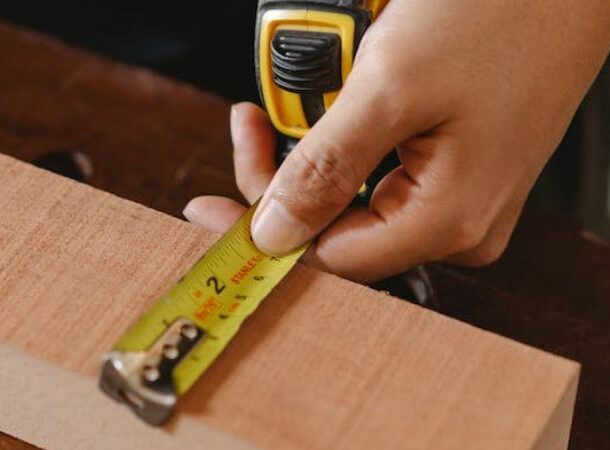
Long bottle-necks
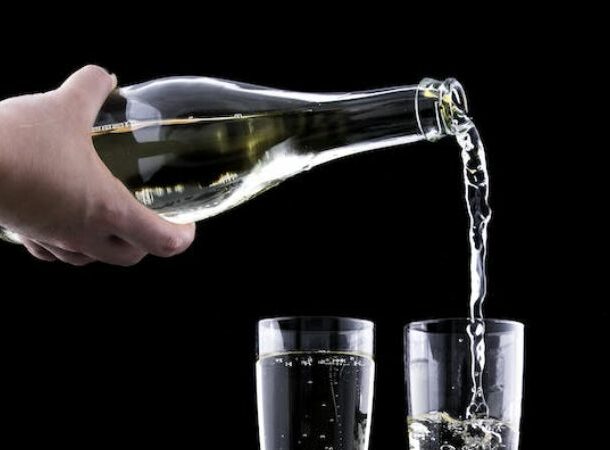
Bottles with long necks have been around for over a century. They were created to maximize space. The design is cost-efficient because it means manufacturers can seal it with a small bottle cap, rather than a big one, like you find on jars. That’s not the only reason for the long neck though. The shape makes it easier to control when pouring and is stable to handle.
Gas tank arrow

If you look closely, there is a little arrow beside the fuel symbol on almost every car. You might never have noticed it before. but it can save you a lot of time, especially if you have just rented a car. This arrow tells you which side of the car the gas tank can be accessed from. The arrow has been a feature of most cars that were built from 2010 onwards. If the car is older than that, then you’ll probably find that the gas tank is on the same side as the pump icon on the dashboard.
Round hole in the elevator doors
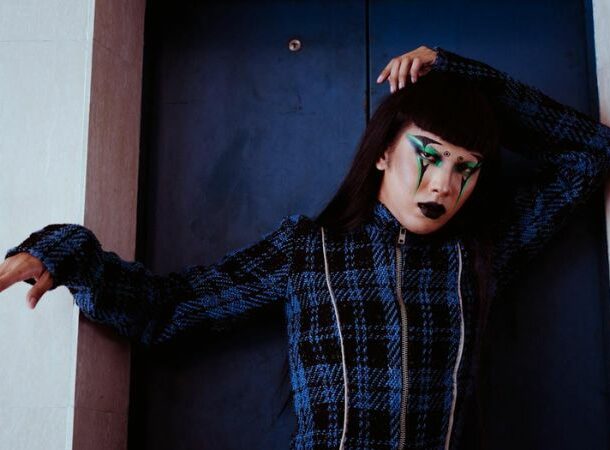
On many elevator doors, there is a little round hole. And if it weren’t for that hole, then a whole lot of essential work would be much more complicated to do. You see, that hole is actually a keyhole, allowing workers to open up the doors whenever they need. That can range from routine inspections to an emergency situation. If you find yourself in an elevator that’s stuck in between floors, you’ll be thanking the lord for that tiny hole.
Holes in the windows of airplanes

While we are on the subject of holes — if you thought that commercial airplanes were airtight, then think again. Next time have a window seat, take a close look at the bottom of the window. There is a tiny hole placed there for a very specific reason. As an airplane gains altitude, it needs to be pressurized so that people on board can breathe properly. The cabin is pressurized by blowing hot air from the engine. But pressure needs to be maintained — and that’s where the small hole in the window comes in. Most of the excess hot air is let out of the outflow valve at the back of the plane. Another way the plane does this is through the ‘bleed holes’ in the windows. No need to worry though, this is an extremely controlled and automatic process.
The dot beside the iPhone camera

There’s a tiny dot next to the iPhone camera on the back of the phone. It’s easy to miss, but you might have wondered why it’s there. Apple only puts essential things on their products and this dot is no different. It’s a tiny microphone – one of three on the iPhone. The other two are placed at the top of the front face and near the speakers at the bottom. Together, they make sure that your voice is picked up, even if you are holding the phone upside down — for some reason.
Tiny pocket in jeans

This one goes back a couple hundred years, so don’t feel bad if you haven’t guessed the real purpose. That tiny pocket in your jeans can be handy to put coins and other small objects in, but it turns out that it’s originally intended for pocket watches. Levi Strauss & Co. designed the ‘waist overalls’ back in 1873. These formed the basis of what turned into casual jeans. In those days, it was much more common for a man to carry a pocket watch that would often attach to clothing with a chain. Wristwatches began becoming popular among men during World War 1, but out of tradition, the little pocket has remained to this day. And if you thought that pocket isn’t well known, wait until we get to number 12, where we take a look at the tiny pocket hidden inside women’s underwear.
Grocery cart loops
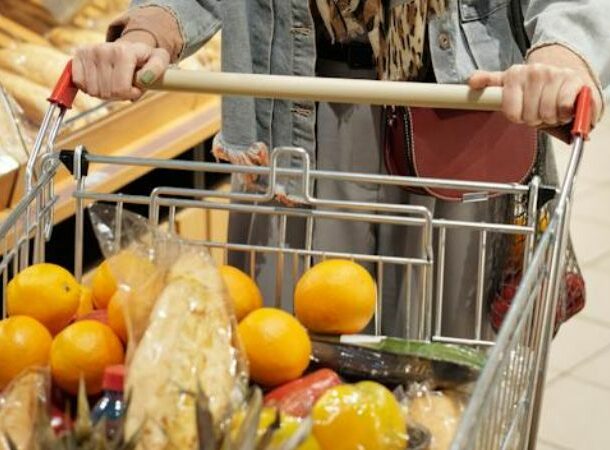
Grocery carts are pretty universal all over the world, usually made of metal or plastic. But why do they all feature the same design — loops? They are usually on the back, right in front of the handlebar, and sometimes on the edges of the cart too. The answer is almost too obvious: these loops are to hang your shopping bags from. Remember that next time you are running out of space inside the cart.
Colored codes on toothpaste tubes
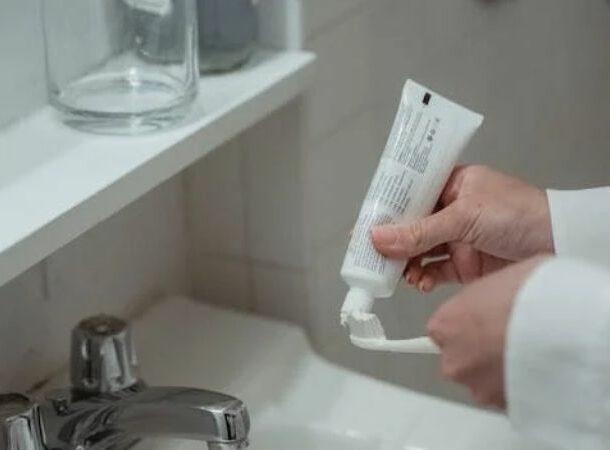
A theory has been circulating the internet recently about colored squares at the bottom of toothpaste tubes. The claim is that it’s a grading scale — green meaning natural, all the way down to black which is code for ‘pure chemical.’ That’s just flat-out wrong. But that didn’t stop the theory from getting so popular that Colgate posted a statement on their website. The company explained that these colored boxes are for light sensors to identify the end of the tube during packaging. Not as exciting, but it makes a hell of a lot more sense!
Diamond patches on backpacks
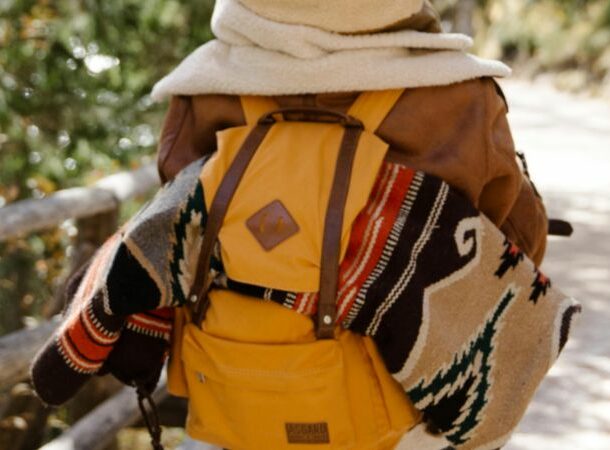
Have a quick look at your backpack if there’s one lying around. On the back of it, more than likely there is a diamond patch. They come in different shapes and sizes, some more flashy than others. All serve the same purpose though. These are called ‘lash tabs’ and they are designed to pass a string through to make it easier to carry extra gear. ‘Lash tabs’ were originally used for outdoor backpacking like hiking and camping. Now, new generations of urban backpacks feature them too, partly because there is a trendy ‘retro’ look to the feature.
The ridge pattern on the edge of coins

Some coins have a ridge pattern on the edges to stop fraud. It’s a way of making what’s called ‘coin clipping’ more difficult. When coins had smooth edges, ‘clippers’ would shave off a part of the coin to re-sell it. This was especially high during the days of the silver standard and the ridged edge put a stop to it. With the end of the silver and gold standard plus the rise of credit cards and smartphones, clipping isn’t a problem anymore.
The pocket in women's panties
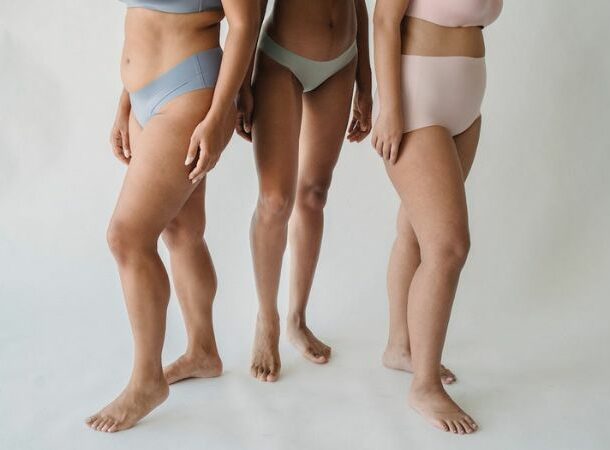
There’s a small, discrete pocket woven into the front of women’s underwear. The correct name for it is a ‘gusset’ and the purpose is to make everything more breathable ‘down there.’ Usually composed of natural fibers, this little pocket is an extra layer that is important for maintaining hygiene. It gives less friction and helps to extend the lifespan of the underwear too.
Silica gel packs

Opening up an online delivery, it’s not uncommon to find small white packets of ‘silica.’ The packet usually instructs you to throw it away, but why are they there in the first place? Silica gel is made up of sand and other chemicals that are able to absorb moisture, which can be dangerous for many different products. If clothing or certain kinds of food gets wet and is kept in a small package for too long, it can do serious damage, like growing mold. Those tiny white packets ensure that your new delivery arrives new and fresh.
Lines on a solo cup
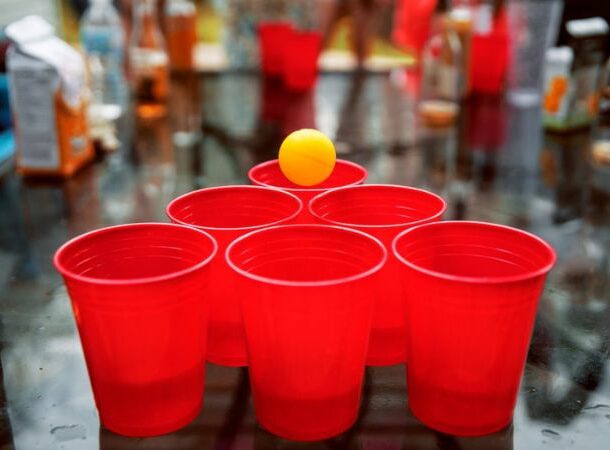
Solo cups have plenty more uses than just drinking at parties. There are normally three lines at different levels of the cup and they are made for measuring. The first line is one ounce, the next 5 ounces and the final is 12 ounces. These are pretty common doses for different alcohols, whether it’s liquor, wine, or beer. But the solo cup doesn’t compare to what’s coming up at number 6, which will show you how you’ve been using toothpicks wrong your entire life.
Two-toned eraser
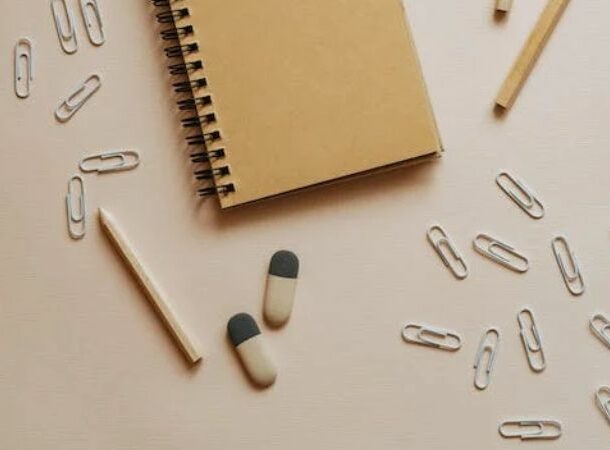
The blue and red colored erasers are more than just aesthetic. According to a Reddit thread, many people grew up thinking that one side was for pencils and the other side was for pens. That’s a complete myth. The blue part is actually designed for coarse paper, like on a sketch pad. While the red part is for ‘precision erasing.’
The wavy side of a bobby pin

If you’ve seen the wavy side of a bobby pin sticking out of a girl’s hair, then they are doing it wrong. There are two sides to a bobby pin — one straight and one wavy. The proper way to use them in hair is to put the wavy side down, which means facing the scalp. Many people have been doing it the other way for so long that they don’t even know it’s wrong. But the wavy side down provides grip.
Small bumps on the 'F' and 'J' keys

There are tiny ridges on top installed on top of just a couple of keys on keyboards: the F and the J keys. The reason is so that you can position your hands correctly without needing to look. Since the invention of the typewriter, typists have had a resting position to work faster. The two slightly raised bumps serve as ‘tactile markers’ for your two index fingers. And you might be using them without even noticing. Otherwise, you would find yourself glancing down at your keyboard pretty often just to make sure your fingers are on the correct keys.
The grooves on restaurant toothpicks
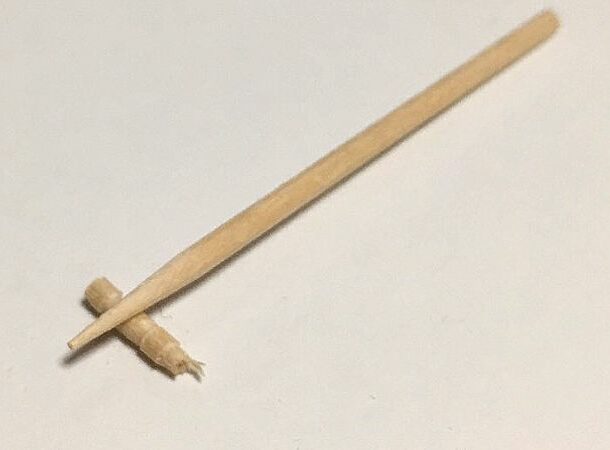
A toothpick might seem like a straightforward tool. However, some of them have an extra, hidden function. ‘Grooved toothpicks’ look much more decorative than the rest. The real purpose of the indented end is to be broken off after use. Then, you can rest the used toothpick on top of it so that it doesn’t touch the table. They are sometimes called ‘Japanese toothpicks’ and are more often found in Asian restaurants.
How to break a Toblerone bar
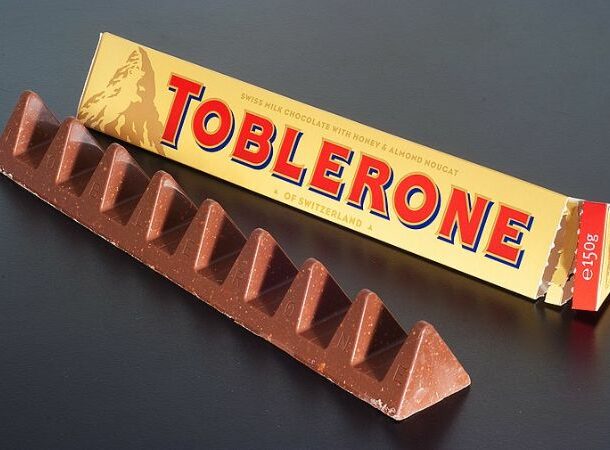
Toblerone’s unique shape is just as famous as the nougat, almond, and chocolate mix that made the candy so popular. The chocolate is really just one large connected piece. It’s shaped into a row of triangles connected by a ridge that allows for each shape to be broken off separately. But most people break the triangles off the wrong way. Instead of pulling outwards, which can take a considerable amount of strength, it’s much easier to push them inwards. In fact, all it takes is a small tap.
The bulky flaps on top of juice boxes

Those flaps on the side of juice boxes can remind us of childhood. Is there really a purpose for them though? Actually, yes. One of the big reasons is to help kids. After the flaps are popped out, they form too outstretched wings for little hands to grab onto. This is a big help for parents too, because it can stop children from accidentally squeezing the box and shooting juice all over the place.
Blue bristles on your toothbrush

Does your toothbrush have a few blue bristles? Or did it used to? Turns out it’s a pretty important difference. The blue color is actually added so that you know when it’s time to change toothbrushes. If these bristles begin to fade, or they are fraying and decaying, then you need a new toothbrush. Changing toothbrushes can get rid of up to 30 percent more plaque, so don’t forget!
Groove in the Tic-Tac dispenser
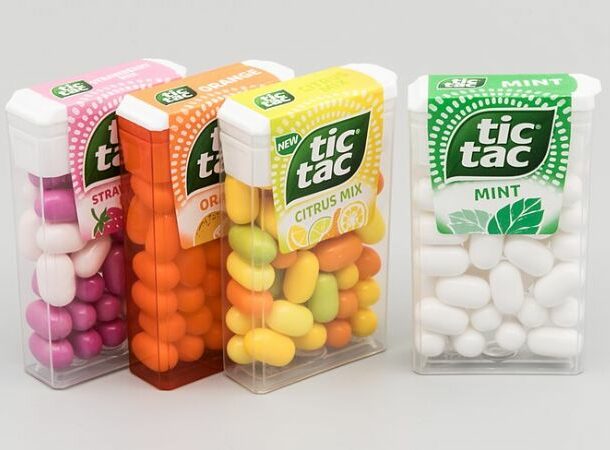
Tic-Tacs are a blast of freshness in your mouth. Shaking the mints around in their little box, it can be difficult to judge how many you need. It turns out, on the underside of the lid, there is a little groove to retrieve one at a time. Just turn the container upside down, making sure that one is sitting on the lid, and then open slowly, turning the rest of the container and keeping the lid still.
Extra scrap of cloth

You might have bought clothes and been surprised to receive an extra piece of fabric. It’s not for sewing, as most people usually believe. Instead, it’s a test piece for when you are using new washing detergent, bleach, or any other cleaning product. Put the fabric in and you’ll know whether or not it’s safe to put the entire piece of clothing in.



























